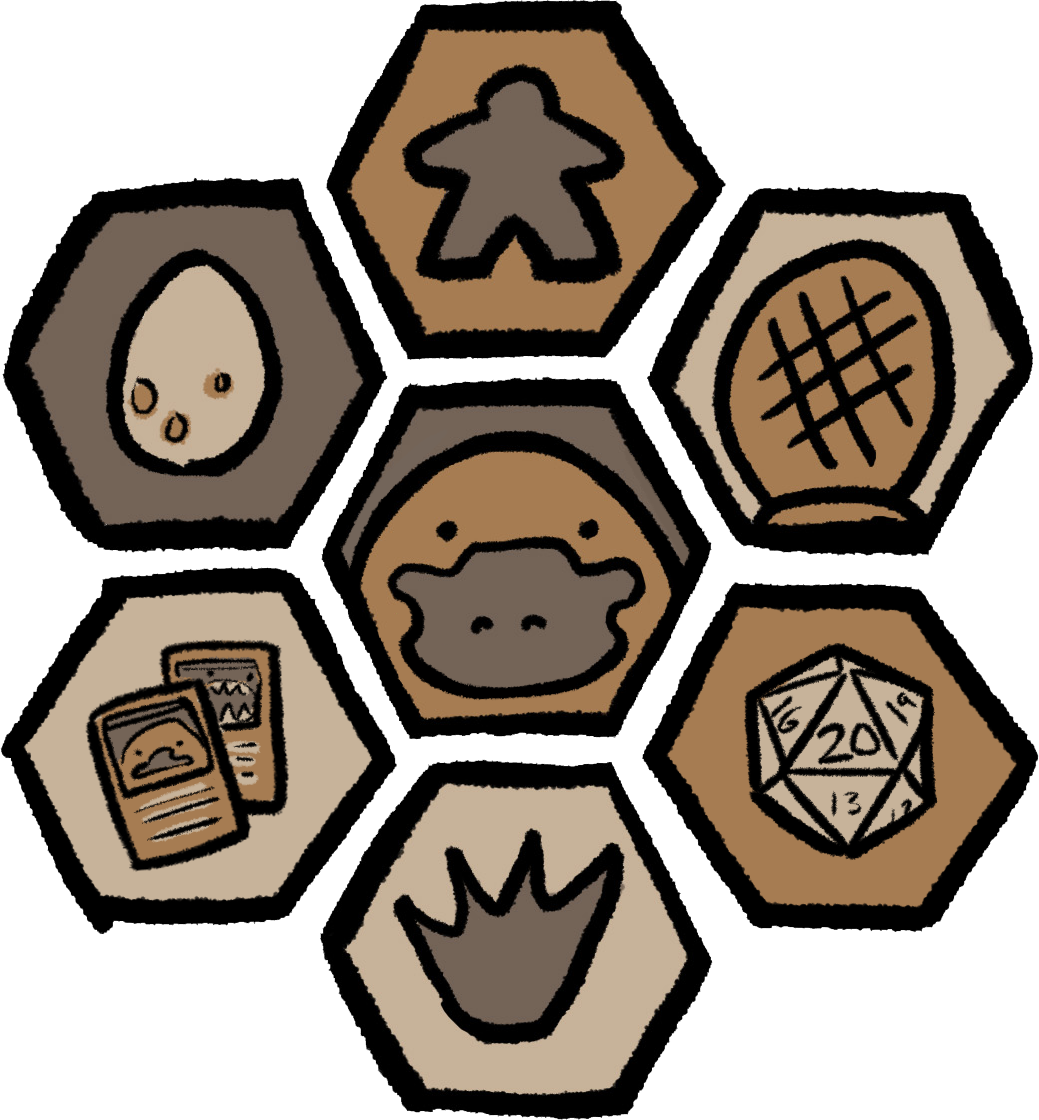Another cooperative game makes this list - although this one is a bit heavier than some of the other cooperative games we enjoy. All of the players are spirits that have long protected the indigenous population of Spirit Island when invaders come to exploit the island. Your goal as spirits is to impede their progress until they are too afraid to stay on the island. With this interesting and unique theme already gives it lots of bonus points!
Every spirit available, and there are lots, plays a little bit differently in how they defend the population. Some are simpler spirits that use the nature around them to attack and drive off the invaders. While other spirits use nightmares to simply scare the invaders away, driving them away in terror. But the end goal for all of the spirits is the same to save the island from those invaders.
When you take your turn you pick one of your growth powers. All of them are pretty similar but they try to make them match the theme of your spirit. One of the best ways to help the island and its inhabitants is by placing your presence on the island. The cards that you play each turn more than likely influence regions where you have presence or next to them. Also when you place your presence down you uncover more of your player aid. Each time you uncover your player aid you get more and more powerful on your turn.
Similar to other cooperative games after you take your turns the bad stuff gets a turn. The invaders start to encroach farther and farther inland. You do have knowledge of some of the movements they will make as the cards cycle through the evil actions. The victory conditions chance based on how much fear has been caused by the spirits. The longer you last the easier it can be to claim victory.
The asymmetry of the different spirits adds some terrific flavor of this game. So combining some great theme, game play, and art makes Spirit Island one of our favorites. Because of the difference between the spirits it can be a little hard to start off but if you like a good meaty cooperative game you should definitely give Spirit Island a try! We would even help you learn this if you want to play this at Platypus-Con!




















